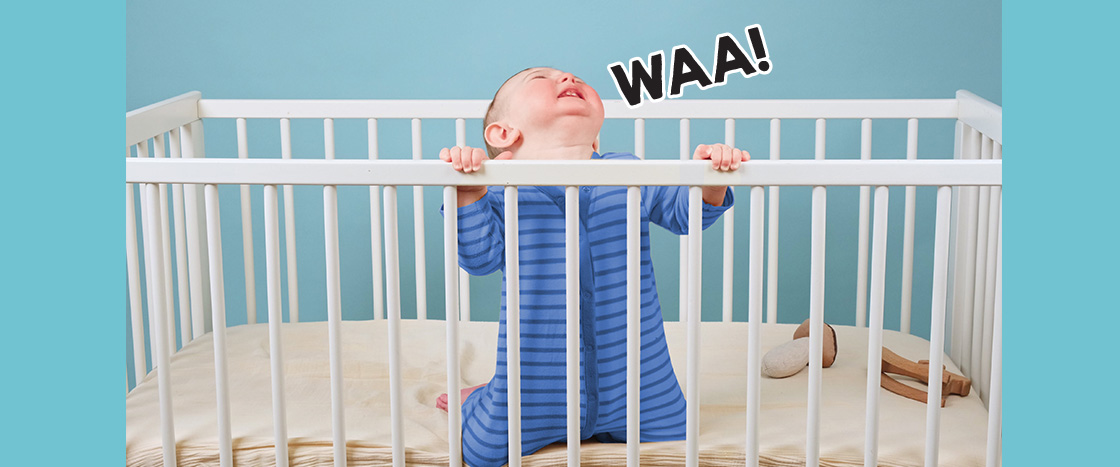My oh my! That baby can cry.
What will we try?

Read a silly story filled with decodable words and y-as-a-vowel words.
My oh my! That baby can cry.
What will we try?
Should we give him a funny bunny?
A pretty puppy?
Why oh why does that baby still cry?
What will we try?
Should we show him a silly story
or a sunny sky?
I wish he could talk and tell us why!
Are you grumpy?
Are you poopy?
Tell us why you cry,
and dry your eyes.
What is that? I think I heard.
The tiny baby had his very first word.
“Hungry.”
The baby is hungry!
And look what I spy.
We have milk for you, baby. Don’t be shy.
Here is the milk.
Just give it a try.
Yummy, yummy.
Happy tummy.
Now he is sleepy.
And so am I.
More About the Article
Phonics and phonological awareness (y-as-a-vowel words), Fluency
Y-as-a-vowel words
cry, silly, baby, my, try, funny, bunny, pretty, why, story, sunny, sky, grumpy, poopy, dry, tiny, very, hungry, spy, shy, yummy, happy, tummy, sleepy
that, what, you, we, are
talk, eyes, heard
Small Group
Pairs, Independent Reading
1. BEFORE READING
Preview Letter Sounds and High-Frequency Words (15 minutes)
Set a Purpose for Reading (3-5 minutes)
Reading Focus: Phonological Awareness (10 minutes)